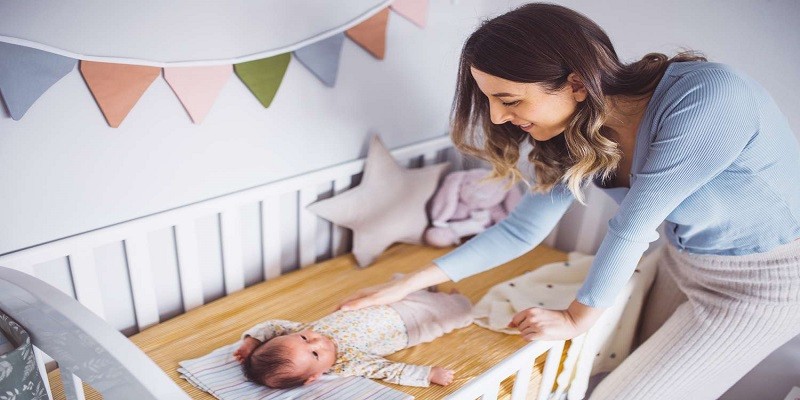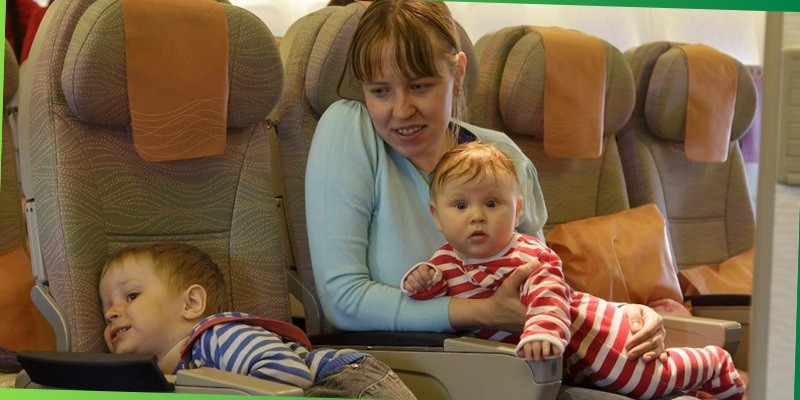Last Updated on January 15, 2025
If your toddler is not napping, it is recommended to leave them in the crib for up to one hour. This gives them time to relax and self-soothe without becoming too tired or frustrated.
It is important to note that the specific time can vary from child to child. However, if your little one hasn’t fallen asleep within thirty minutes, it is generally suggested to consider alternative strategies. Ensuring your toddler gets enough sleep is crucial for their development, so missing naps consistently is not advisable.
Recommended Duration: Up To One Hour
When it comes to how long to leave a toddler in the crib if they are not napping, it is recommended to do so for up to one hour. This allows them time to relax and self-soothe without getting overtired or frustrated.
When it comes to leaving your toddler in the crib if they are not napping, it is recommended to do so for up to one hour. This duration allows your little one to have some time to relax and self-soothe without becoming overtired or frustrated. However, it is essential to strike a balance between independence and reassurance during this time.
Give Toddlers Time To Relax And Self-soothe Without Becoming Overtired Or Frustrated
Leaving your toddler in the crib for up to one hour when they are not napping gives them the chance to unwind and find their inner calm. It enables them to engage in self-soothing techniques, which can be beneficial for their physical and emotional well-being. During this time, they can play quietly, look at books, or simply have some downtime in a safe and secure environment.
By allowing your toddler this opportunity, you are giving them the chance to learn how to independently manage their emotions and relax. It also helps prevent them from becoming overtired, which can lead to crankiness and difficulty falling asleep later on. Having this designated period of relaxation in the crib can contribute to better sleep patterns overall.
Importance Of Striking A Balance Between Independence And Reassurance
While it is essential to give your toddler time alone in the crib, it is equally important to strike a balance between independence and reassurance. You want to provide them with the freedom to explore and relax on their own terms while ensuring they feel safe and secure.
One way to achieve this balance is by establishing a consistent routine. Having a regular naptime and bedtime schedule can help your toddler know what to expect and feel more at ease. Additionally, creating a comforting sleep environment with familiar objects, such as a favorite stuffed animal or soft blanket, can provide reassurance during this alone time in the crib.
Another effective technique is using verbal reassurance. You can periodically check in on your toddler during the one-hour duration, calmly and quietly reassuring them that you are nearby. This can help them feel connected and provide them with the comfort they need while still encouraging their independence.
Remember that each child is unique, and their needs may vary. Pay attention to your toddler’s cues and adjust the duration accordingly. Ultimately, the goal is to foster a sense of relaxation and self-soothing without overwhelming them.
Individual Variations In Nap Patterns
When it comes to nap time, every toddler is unique, and individual variations in nap patterns are not uncommon. While some toddlers may easily fall asleep and nap for hours, others may struggle to settle down and resist napping altogether. Understanding these individual differences is crucial in determining how long to leave your toddler in the crib if they are not napping.
Time Can Differ From Child To Child
The duration of time you should leave your toddler in the crib can differ from child to child. While some toddlers may fall asleep within a few minutes, others may take longer to wind down and relax. It is generally recommended to leave your toddler in the crib for up to one hour if they are not napping. This timeframe allows them to have a chance to self-soothe and potentially drift off to sleep, without becoming overtired or frustrated.
Factors That May Influence Nap Duration
Several factors can contribute to the variation in nap duration among toddlers. These factors may include age, developmental stage, and sleep habits. Let’s take a closer look at each of these factors:
- Age: As toddlers grow older, their sleep needs may change. Younger toddlers may require more frequent and longer naps, whereas older toddlers may naturally transition to shorter or fewer naps.
- Developmental stage: Milestones such as learning to walk or talk can impact a toddler’s nap patterns. They may be more excited and active during the day, which can make napping more challenging.
- Sleep habits: Your toddler’s sleep habits and routines can also influence their nap patterns. Consistency in bedtime routines and creating a conducive sleep environment can promote better napping habits.
By considering these factors and observing your toddler’s individual sleep patterns, you can better determine the appropriate duration to leave them in the crib if they are not napping.
Alternatives To Traditional Napping In Crib
While the crib is typically seen as a designated space for napping, there may be instances where your toddler is not interested in taking a nap but still needs some downtime. In such cases, there are alternative options to consider that can provide a calm and relaxing environment for your little one. Here are a few suggestions:
Exploring Quiet Playtime Options Within The Crib
Creating a quiet playtime environment within the crib can offer a peaceful alternative to napping. You can place soft and age-appropriate toys or books in the crib for your toddler to engage with. This allows them to have some independent playtime while still being in a secure and familiar space.
Providing Age-appropriate Toys Or Books
Having age-appropriate toys or books readily available in the crib can help keep your toddler entertained during their awake time. Consider items that encourage sensory exploration, problem-solving, or imaginative play. This not only keeps them engaged but also promotes cognitive development.
Encouraging Self-directed Activities
Encouraging self-directed activities can give your toddler a sense of independence and autonomy. You can include items like building blocks, puzzles, or shape sorters that encourage fine motor skills and hand-eye coordination. These self-directed activities promote creativity and cognitive growth.
Considering Other Areas Or Activities For Rest
If your toddler is not interested in napping in the crib, you can explore other areas or activities that provide rest and relaxation. This could include creating a cozy corner with pillows and blankets in another room, or even going outside for some fresh air while laying down on a blanket or in a stroller.
Creating A Designated Nap Area Outside Of The Crib
If your toddler consistently refuses to nap in the crib, you can create a designated nap area outside of the crib. This can be a toddler bed, a small mattress on the floor, or a comfortable chair where they can rest. Make sure the area is safe and conducive to relaxation.
There are various alternatives to traditional napping in the crib if your toddler is not interested in sleeping. By exploring quiet playtime options within the crib, providing age-appropriate toys or books, encouraging self-directed activities, considering other areas or activities for rest, and creating a designated nap area outside of the crib, you can still provide your toddler with much-needed downtime and help them relax.

Credit: www.whattoexpect.com
Frequently Asked Questions On How Long To Leave Toddler In Crib If Not Napping?
When Should I Put My Toddler To Bed If They Skip Naps?
If your toddler skips naps, it is recommended to leave them in the crib for up to one hour to allow them to relax and self-soothe. This helps prevent them from becoming overtired or frustrated. Missing naps occasionally is normal, but consistent missed naps should be addressed to ensure they get enough sleep for their development.
Is It Ok To Let Baby Just Lay In Crib Awake?
It is generally okay to let a baby lay in the crib awake for up to one hour. This gives them the opportunity to relax and self-soothe without getting too tired or frustrated.
How Long Should You Keep Your Baby In A Crib Awake?
It is recommended to leave your baby in the crib for up to one hour if they are not napping. This allows them time to relax and self-soothe without getting overtired or frustrated. Missing occasional naps is usually not concerning, but consistent missed naps should be avoided as sufficient sleep is essential for their development.
What Happens If My 2 Year Old Doesn’t Nap?
A: If your 2-year-old doesn’t nap, it is recommended to leave them in the crib for up to one hour to relax and self-soothe without becoming overtired. Missing naps occasionally is normal, but consistent missed naps may affect their development.
Consider putting them to bed earlier on those days.
Q: How Long Should I Leave My Toddler In The Crib If They Are Not Napping?
A: It is recommended to leave your toddler in the crib for up to one hour if they are not napping. This will give them time to relax and self-soothe, without becoming overtired or frustrated.
Conclusion
It is generally recommended to leave your toddler in the crib for up to one hour if they are not napping. This time allows them to relax and self-soothe without becoming overtired or frustrated. However, it is important to note that every child is different, and the duration may vary.
Missing a nap occasionally is not a cause for concern, but consistently missing naps can impact their development. It is crucial to prioritize their sleep and make necessary adjustments to ensure they get sufficient rest.







